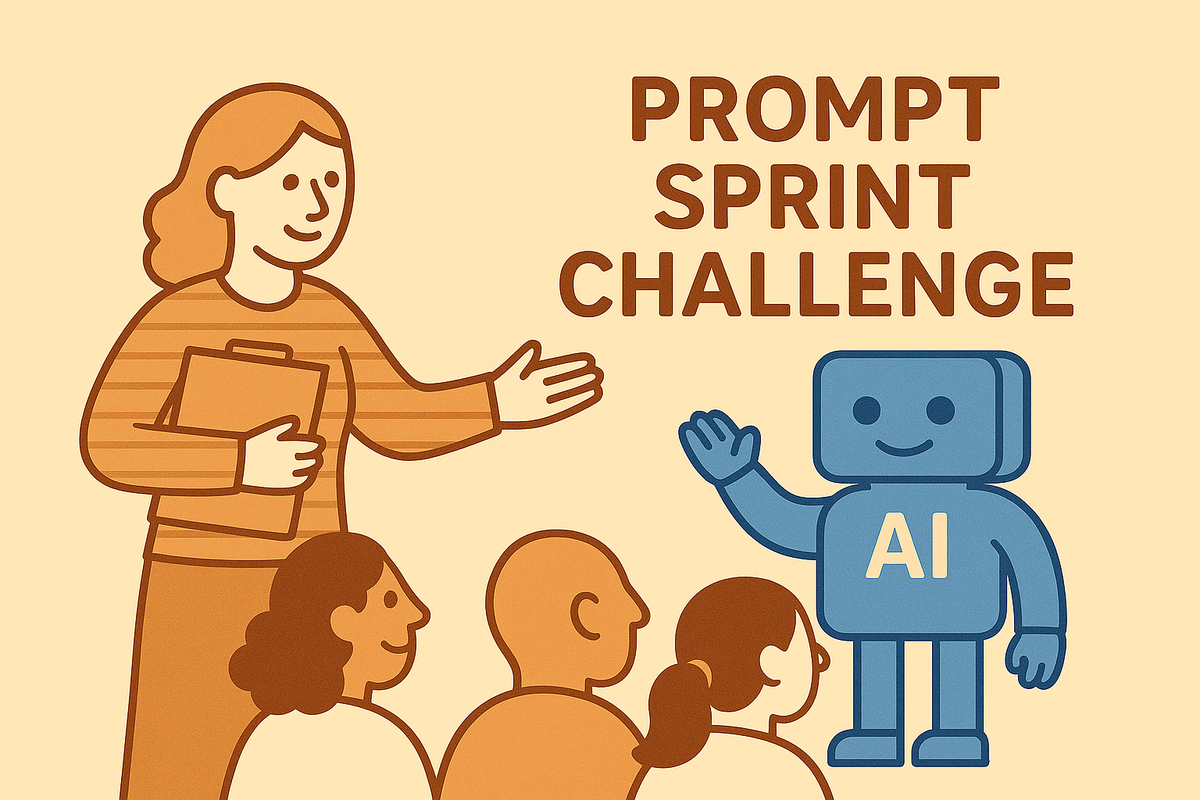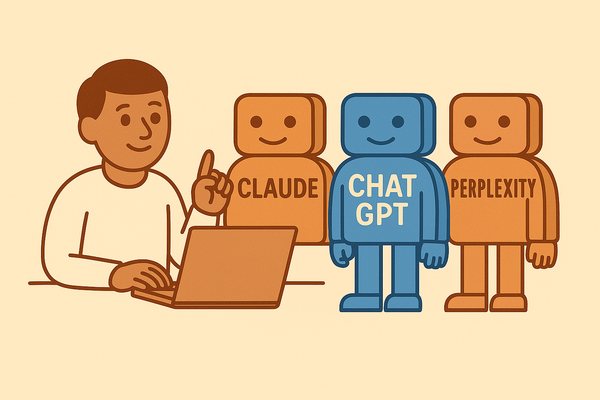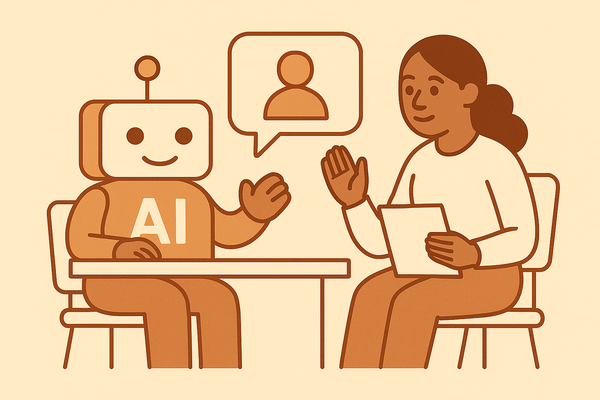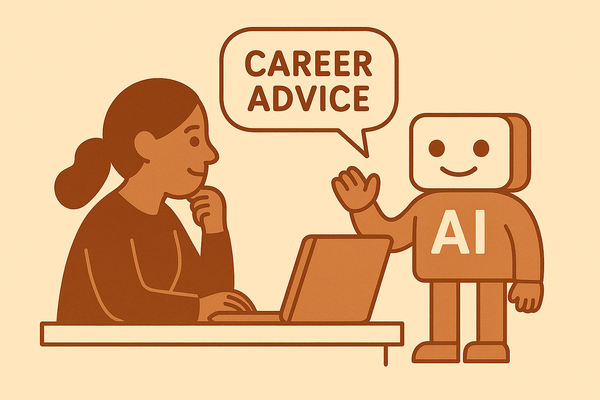How to Train Your Team with AI
A Practical Framework That Actually Works.

As AI continues to become part of everyday work, you’re going to need ways to help your team use it effectively. Most training approaches leave people with knowledge but not confidence.
During one of my first classes at business school, we did something called the Marshmallow Challenge. It’s a team-building exercise where you get spaghetti, string, tape, and a marshmallow and you have to build the tallest freestanding structure possible.
As I was going through the challenge with my team and hearing from and watching other teams try, iterate, fail, and break through, I kept thinking about how this could work for learning how to work with AI.
Enter the Prompt Sprint Challenge. It’s a framework I’ve been using with HR teams that gets people from AI-anxious to actually using AI.
The Problem with Current AI Training
Many teams understand AI’s potential but struggle to apply it to their actual work. Without structure, people feel overwhelmed or don’t know if their AI interactions are working.
I’ve noticed that traditional training often misses the mark because it doesn’t give people practice with real scenarios they’ll face.
The Prompt Sprint Challenge Framework
The framework focuses on two goals:
- Practice solving real problems with AI
- Learn how to communicate effectively with AI through structured constraints
There are some pieces to prompt engineering that are more technical, but for the everyday person, it’s really just good communication. This framework helps you understand what that looks like with AI. It’s not that different from talking to other humans, you just learn how it works with AI.
The key insight is using constraints to focus learning. Time and prompt limits create productive tension that encourages strategic thinking rather than random trial and error.
Creating Psychological Safety
A lot of folks feel nervous about AI, so I always emphasize that the goal is experimentation, not perfection. When prompts don’t work as expected, that’s useful data, not failure.
Setup
Choose a Real Task: Pick something your team does regularly and try to do it with AI. For HR teams, this might be turning hiring manager notes into job descriptions. Or summarizing employee feedback.
Select Your AI Tool: Different tools have different strengths. ChatGPT and Claude work well for writing and analysis tasks. Perplexity can be useful for research that would traditionally require multiple Google searches. Pick the best option based on your specific task.
Set Constraints:
- Time limit: 15-20 minutes
- Prompt limit: 5-7 prompts total
- Team size: Start with 3-4 people, though 5 works fine for larger teams
The Sprint
Teams work together to complete their task using AI within the constraints. The prompt limit forces thoughtful planning rather than random trial and error.
Reflection
After the sprint, teams share their approaches and discuss what they learned. Different teams often discover completely different strategies for the same task. This becomes a valuable learning moment.
Why Constraints Build Real Skills
The time and prompt limits aren’t just artificial game elements. They teach essential skills that transfer to everyday AI use.
When your team has only 5-7 prompts to complete a task, they learn to think strategically about what information the AI needs. How to structure requests clearly. This constraint-driven practice builds pattern recognition.
Teams quickly learn to identify what makes a prompt effective versus vague. How to provide the right amount of context. When to break complex tasks into steps. These insights become instinctive habits they apply in their regular work, even when they have unlimited time.
The time pressure prevents overthinking and perfectionism too. Instead of endlessly tweaking one prompt, teams learn to iterate purposefully. Move forward with “good enough” prompts that get results.
Adapting the Framework
The basic structure works across different functions and use cases. The core elements are:
- Real work task
- Team collaboration
- Time and prompt constraints
- Structured reflection
You can adjust the difficulty by changing time limits or prompt counts. Create cross-functional challenges where different departments tackle related problems.
Building on the Foundation
The Prompt Sprint Challenge is designed as a starting point for your team’s AI adoption. Teams that do this often want to try more advanced stuff or integrate AI considerations into their regular workflow planning.
The insights your teams generate can also inform broader organizational AI policies. You’re building guidelines based on real experience rather than theoretical best practices.
You’re not trying to create AI experts overnight. Just build comfort with AI as a collaborative tool and develop skills for ongoing learning.
For organizations interested in custom facilitation or broader AI adoption strategy, visit efora.io




